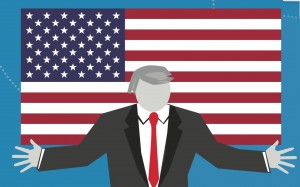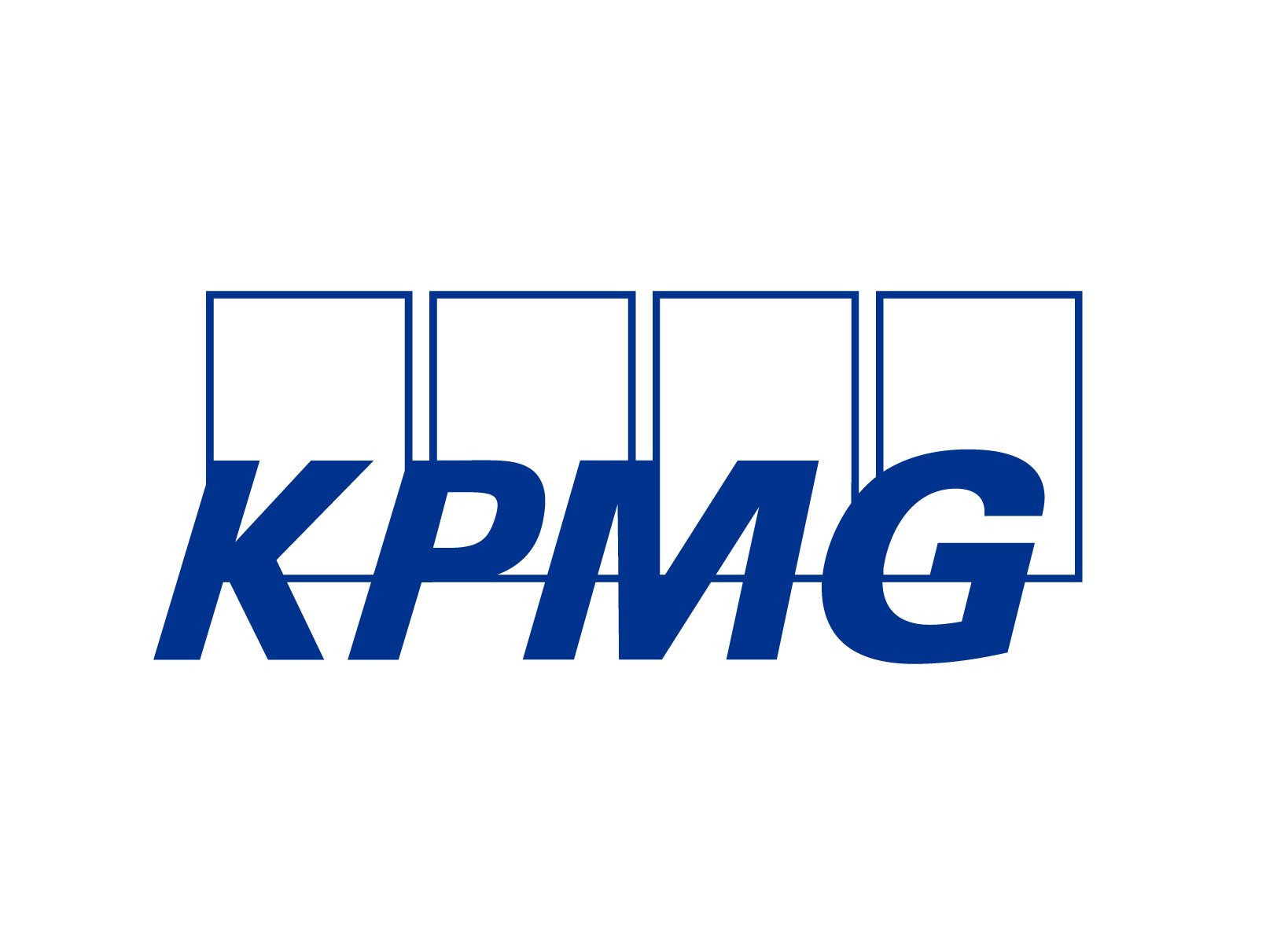Given the magnitude of potential policy and legislative changes looming on the horizon, the next 11 months are going to be an absolute boon to most companies and their consulting partners. Unless, of course, those changes never materialize because they are trumped by legislative gridlock, geopolitical strife and a fear-inducing cocktail of uncertainty and volatility. In this scenario, 2017 could be a historic bust.
A third possible future seems more likely to occur: The same technological, economic, geopolitical and environmental drivers of risk and opportunity that influenced businesses in 2016 are likely to continue to drive companies to seek help from their consulting partners in 2017. Depending on the extent to which President Trump's policy intentions (at least what was known of them at press time) materialize, these existing drivers of change will be joined by a new set of disruptions, including deregulation, infrastructure spending, and U.S. trade and immigration changes.
To continue reading, become an ALM digital reader
Benefits include:
- Authoritative and broad coverage of the business of consulting
- Industry-leading awards programs like Best Firms to Work For, Global Leades and Rising Stars
- An informative newsletter that goes into the trends shaping the industry
- Critical coverage of the employee benefits and financial advisory markets on our other ALM sites, BenefitsPRO and ThinkAdvisor
Already have an account? Sign In Now


